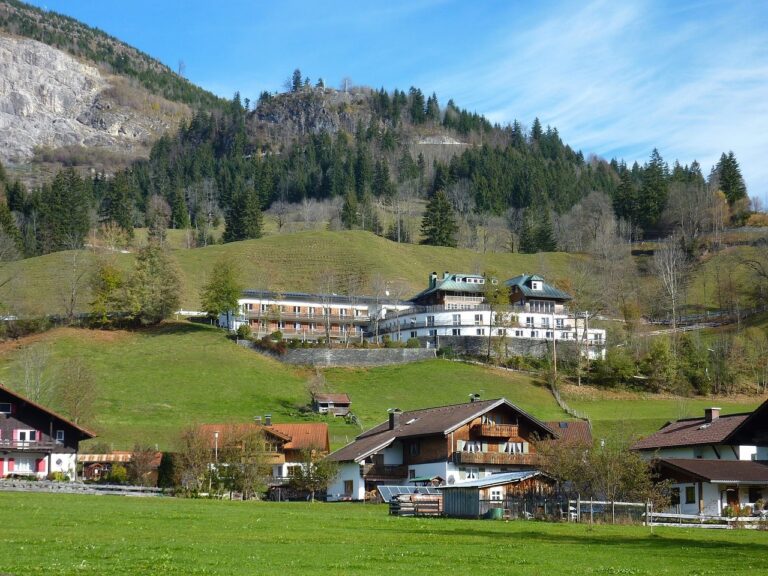The Rise of Eco-Friendly Glamping Resorts: Luxurious Camping Experiences with a Low Environmental Impact
Glamping resorts are increasingly adopting eco-friendly practices to minimize their environmental impact. One common practice is the utilization of renewable energy sources such as solar panels and wind turbines to power facilities and accommodations. By harnessing natural resources, these resorts not only reduce their carbon footprint but also showcase sustainable living to guests.
Furthermore, many glamping resorts are implementing water conservation measures to preserve this valuable resource. Through the use of low-flow faucets, water-saving showers, and greywater recycling systems, these resorts are able to significantly decrease water consumption without compromising on guest comfort. Such initiatives highlight the importance of responsible resource management in the hospitality industry.
Innovative Accommodation Options in Eco-Friendly Glamping Resorts
One unique accommodation option in eco-friendly glamping resorts is the use of geodesic domes. These spherical structures, made of sustainable materials like bamboo or recycled glass, offer a futuristic yet environmentally friendly lodging experience. Geodesic domes provide a panoramic view of the surrounding nature and are often equipped with modern amenities to ensure a comfortable stay for guests.
Another innovative accommodation option found in eco-friendly glamping resorts is treehouses. These elevated abodes are built using reclaimed wood and other eco-conscious materials, blending seamlessly with the natural surroundings. Treehouses offer a one-of-a-kind experience, allowing guests to immerse themselves in the serene beauty of the forest while minimizing the impact on the environment.
Sustainable Materials and Design in Eco-Friendly Glamping Resorts
When it comes to sustainable materials and design in eco-friendly glamping resorts, one key aspect that is often highlighted is the use of locally sourced materials. By sourcing materials such as wood, stone, and bamboo from nearby areas, these resorts minimize the need for transportation and support the local economy.
In addition to locally sourced materials, eco-friendly glamping resorts also focus on sustainable design elements such as energy-efficient lighting, natural ventilation systems, and water-saving fixtures. These design choices not only reduce the environmental impact of the resort but also create a more comfortable and harmonious experience for guests seeking an immersive connection with nature.
What are some common eco-friendly practices implemented in glamping resorts?
Some common eco-friendly practices in glamping resorts include using renewable energy sources, reducing water consumption, implementing waste reduction and recycling programs, and promoting sustainable transportation options.
What are some innovative accommodation options found in eco-friendly glamping resorts?
Innovative accommodation options in eco-friendly glamping resorts may include geodesic domes, treehouses, yurts, safari tents, and eco-friendly tiny homes. These structures are often made from sustainable materials and designed to have minimal impact on the environment.
How do sustainable materials and design contribute to the eco-friendliness of glamping resorts?
Sustainable materials and design play a crucial role in reducing the environmental footprint of glamping resorts. By using materials like reclaimed wood, bamboo, and recycled plastics, resorts can minimize waste and carbon emissions. Additionally, thoughtful design elements such as natural ventilation, solar panels, and green roofs can further enhance the sustainability of the resort.







